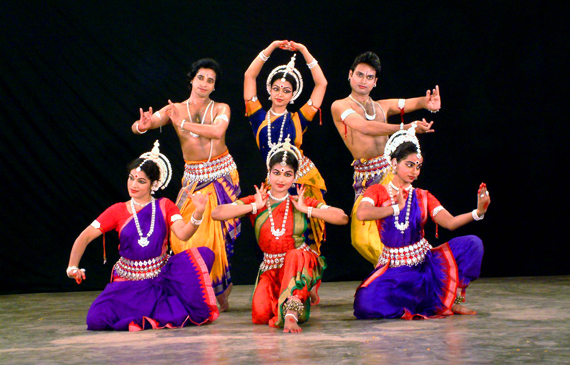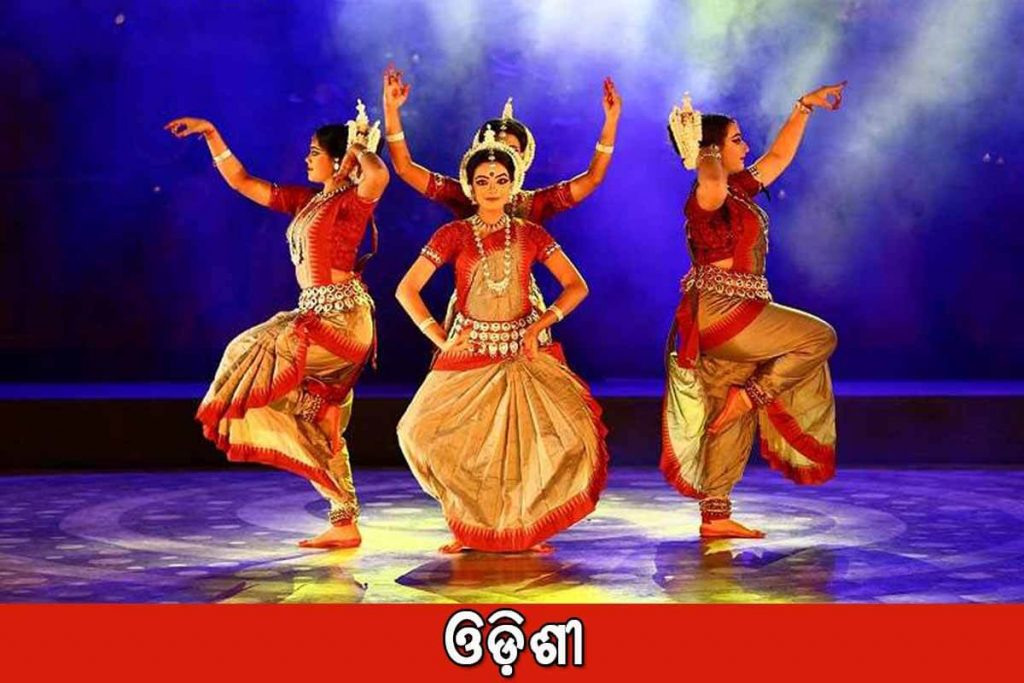
Odissi is a classical dance and music tradition prevalent in India and started in Odisha. The Government of India has included Odissi dance in classical dance and Odissi music in Odissi music. Odisha was part of Kalinga at that time, and the idols of the dancers found in the caves of Ranigumpa, Swargapuri and Manchpuri caves excavated during the Kharbel period, and the dance described in the elephant cave archives, are related to modern Odissi dance. In the first century BC, Odissi had become an advanced dance form in Khandagiri and Udayagiri in modern Bhubaneswar. In his plays, Bharat describes Odissi dance in the style of Kalinga dance and mentions it as Odra-Magdhi. Bhubaneswar’s Parshurameshwar Temple, Baital Temple, Shishireshwar Temple, Markandeshwar Temple, Mukteswar Temple, Rajarani Temple, Lingaraj Temple, Megheshwar Temple, Puri’s Jagannath Temple and Konark’s Suryamandir. Later, the dance was performed by the Devdasi dance (Mahari) and Gotipua. After the independence of India, the dance tradition was revived and renamed Odissi, and Odissi was recognized as a classical dance on the 18th of this month, mainly by dance gurus Kalicharan Patnaik, Pankaj Charan Das, Dev Prasad Das and Kelucharan Mohapatra. The dance uses musical instruments such as pakhuz, behela, guinea, jhanja and flute. Odissi is one of the eight classical dances of India. According to ancient mythology, it is one of the living dances of India. It is different from the rest of the Indian dance tradition due to its triangular position or the three limbs of the body, the free movement of the head, chest and hips.
Among the features of Odissi dance are limbs and elegance and its five stages namely: Mangalacharan, Batu, Pallavi, Abhinaya and Moksha. At the beginning of the dance, the dancer pays homage to Shri Gannath with a bouquet of flowers and finally bows to the Lord. The dance uses musical instruments such as pakhuz, behela, guinea, jhanja and flute. Odissi’s basic chukona dance is called chuka. The oldest Odissi dance is found in the Manchpuri cave of Udayagiri, which was painted during the Kharbel period. Kharbel enjoyed the dances of Odissi dancers with the playing of women’s instruments. It was later added to the temple tradition. It started in the Jagannath temple and then in the rest of the Shiva and Vishnu temples. According to a statue of a temple in the heart of Odisha, the Maharians began to dance inside the temple by dedicating their lives to God. Odissi is considered to be one of the oldest classical dances in the world in view of its historical traditions and customs. Built in the 2nd century BC, Khandagiri and Udayagiri in Bhubaneswar were built by the then emperor Kharbel. Odissi is considered to be an ancient dance art based on the evidence found in its caves. Odds of dancers and dancers dancing on the walls of the Konark and Brahmeshwar temples are also related to Odissi. Buddhist monuments dating from the sixth to the ninth century are similar to the present Odissi in the hills of Ratnagiri in Jajpur. Similarly, the coins of yoginis in Tantric temples, such as the Sixty-six Yogini Temple in Hirapur, are similar to the Odissi coins. It is also found in idols in Odissi, Shiva, Vishnu and other temples in Odisha (Sun Temple in Konark).
Comments
comments
